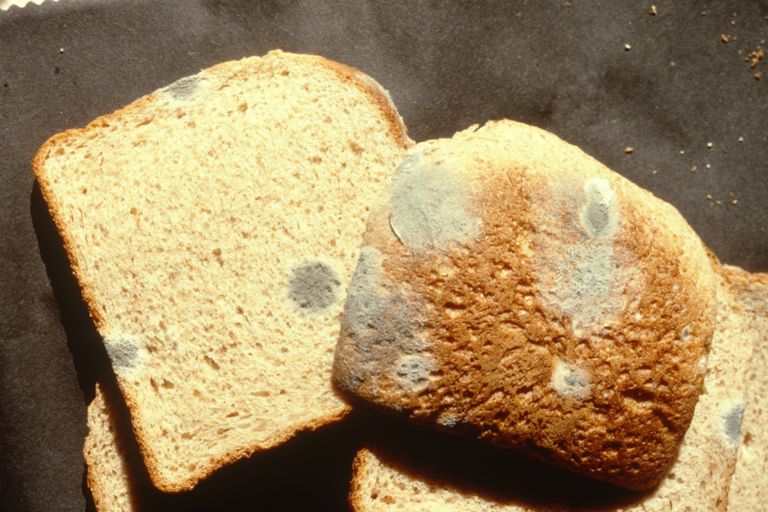Science of not throwing food away unnecessarily makes us think about the extent to which certain foods can be eaten despite being a little out of date or starting to get bad. And it happens to us with something as common in our diet as is bread mold.
We set an example: you are preparing a sandwich and take a piece of bread out of the package. Suddenly you discover that on one of the edges there is a circle of mold.
What would you do? Would you cut the part that is wrong and would you eat the rest? Or would you throw that slice and even the rest of the bag in the trash?
If you would take it to the mouth cutting the moldy part, you would be making a mistake.
Apparently, mold is a type of fungus that develops just like a mushroom, that is, it has numerous roots that spread below the surface and that we do not see.
Therefore, although it seems that there is only one part “sick”, it is actually affecting the whole slice. Even its soft and porous composition favors that this development is greater and faster.
In addition, the rest of slices would end up getting infected too. Mold spores can fly and move smoothly inside the plastic bag. So better, to avoid possible poisoning, better throw it all away.
As we do not want that to happen habitually, you know, we have to have more controlled our food and keep them as indicated by the packaging.














